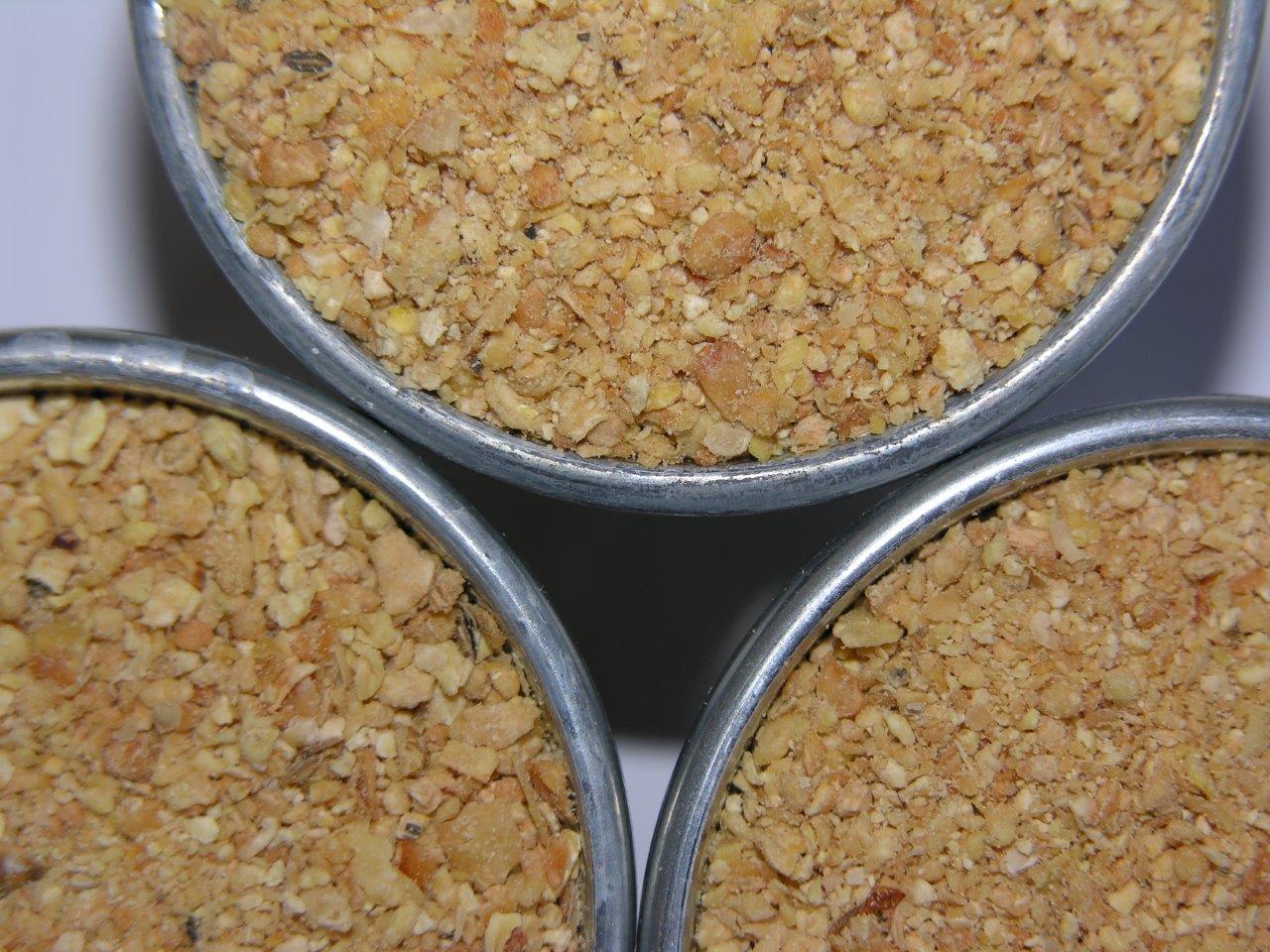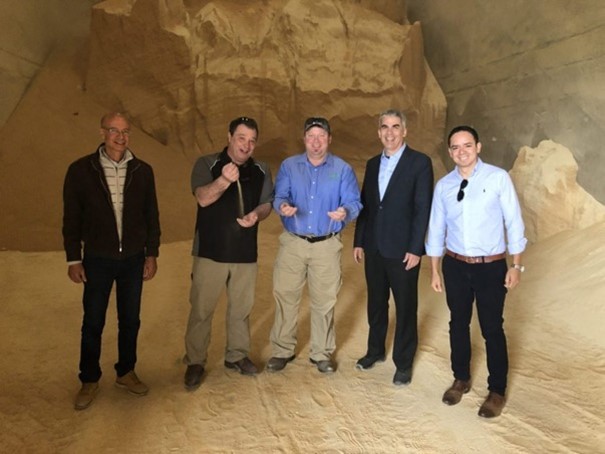Ingredients, Quality Control Vital for Animal Feed
- Category:
- Animal Utilization

During periods of relatively high input prices, quality control and nutrient assessment are critical, said USSEC Regional Director – Europe and Middle East/North Africa (MENA) Brent Babb, as he spoke to Maghreb feed industry professionals during a virtual event on February 10. Last year, Morocco represented U.S. Soy’s eighth largest market for soybean meal and the sixth largest importer of soy oil from the U.S.
Key laboratory managers, nutritionists, quality controllers, and formulators received technical support on the overall quality of U.S. soy products with a special emphasis on soybean meal as the key market driver. Quality control from sample selection, analytical methods, chemical composition, nutritive value, anti-nutritional factor assessment, factors affecting quality and nutrient profile, and management were among the main topics covered.
USSEC consultant Adam C. Fahrenholz, associate professor at North Carolina State’s feed milling program presented practical information on “Sampling and Receiving Quality Control for Soybean Meal” and “The Use of Soybean Meal in Pelleted Animal Feeds.”
“Not all soybean meals are equal,” he told the 11 attending feed professionals. He stressed that digestibility of essential amino acids is what differentiates U.S. soybean meal. Fahrenholz concluded that during this time, communicating with customers can be done passively through newsletters and value blogs to reach wide audiences with information that can be used at their convenience, but also needs to be done through active communications such as webinars to allow customers to engage in real time, which enhances the building of relationships and mutual interest in working together.
Mostafa Raiss El Fenni, former director of research and development at Micro Tracers, Inc. in San Francisco, expanded participants’ knowledge on mix homogeneity, cross contamination, coding, and traceability in his presentation “Quality Assurance Control Procedures: Why Coding Micro Ingredients and Feeds?”
Preceding the event, a U.S. soybean meal sample ring test was held in participating Moroccan laboratories with the ultimate goal of further educating customers on how to differentiate U.S. soybean products from other origins, use appropriate quality analytical methods, and highlighting U.S. soybean meal’s nutrient profile.
The opportunity to ask specific questions about methods, results interpretations, and specifications tailored to their particular interests and concerns made the program well received by attendees who were left with a greater understanding of the benefits of U.S. soy products and quality along with methods used for quality control. Their opinions of U.S. soy products were high, expressing their satisfaction with U.S. Soy’s assistance in the analytical assessment of soybean products, mainly soybean meal.
Maghreb markets, very different in structure, use on average more than 2.5 million tons of soybean meal annually. Morocco is also the largest U.S. soybean meal buyer in the MENA region. Expanding knowledge on the strength and intrinsic advantages of U.S. soy products to end users and differentiating U.S. soybean meal from meal of other origins, helps to expand and protect U.S. market share. Although the event did not replace onsite visits, USSEC continues to strengthen the image of the U.S. as a major supplier of high-quality soybeans and soy products.
